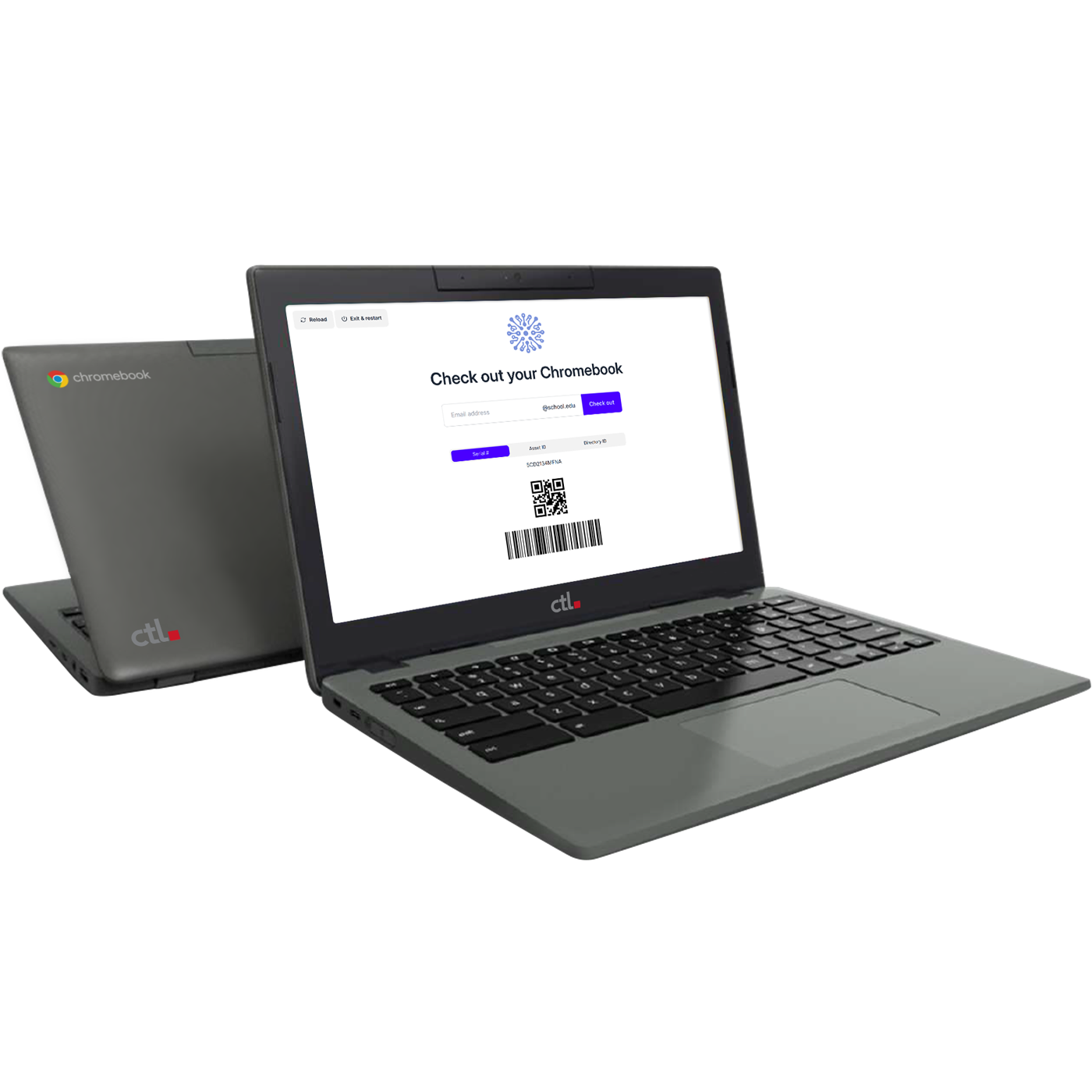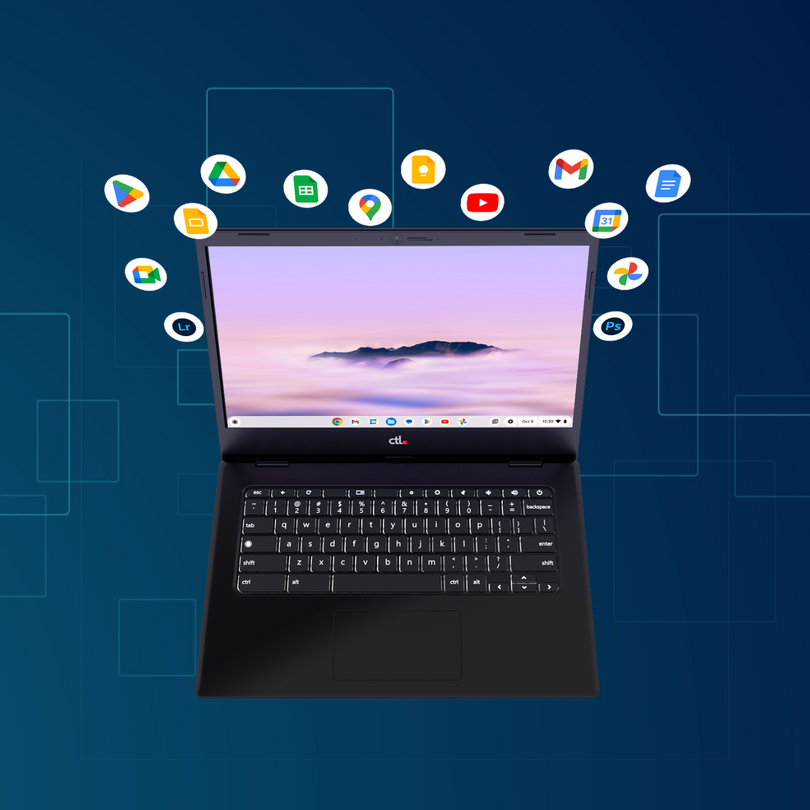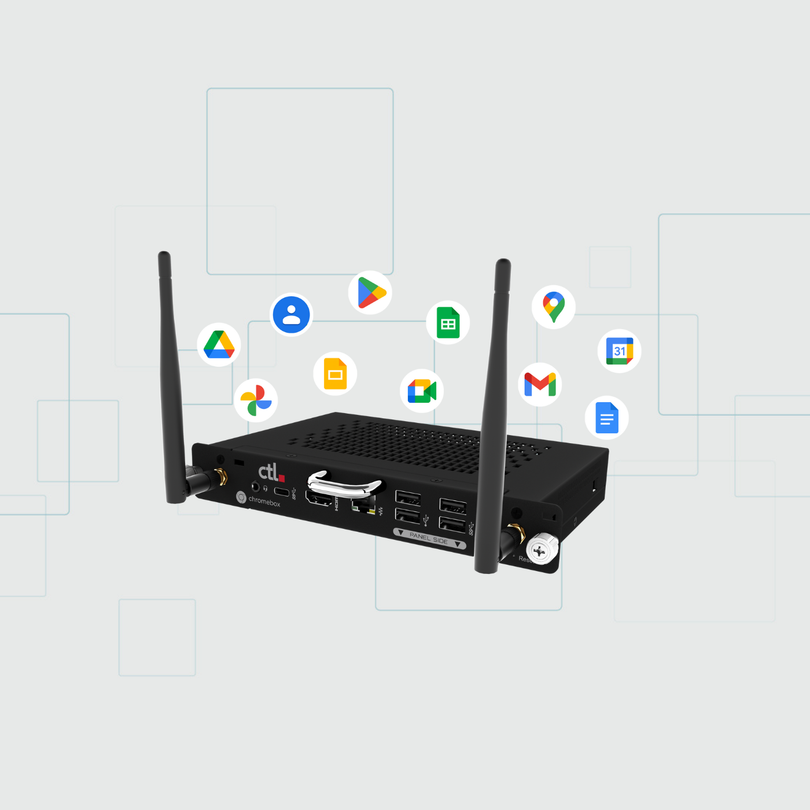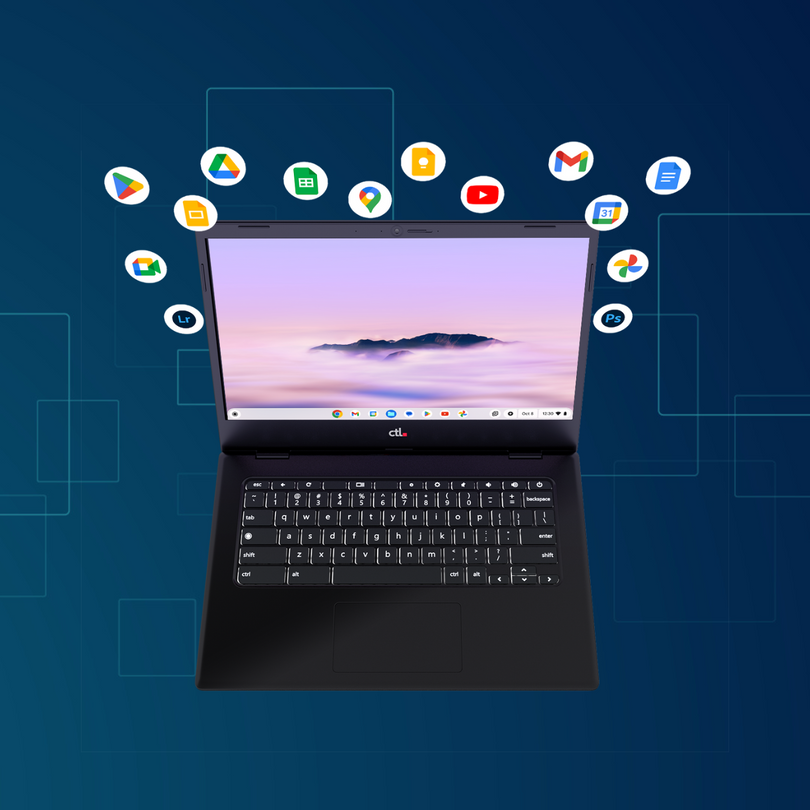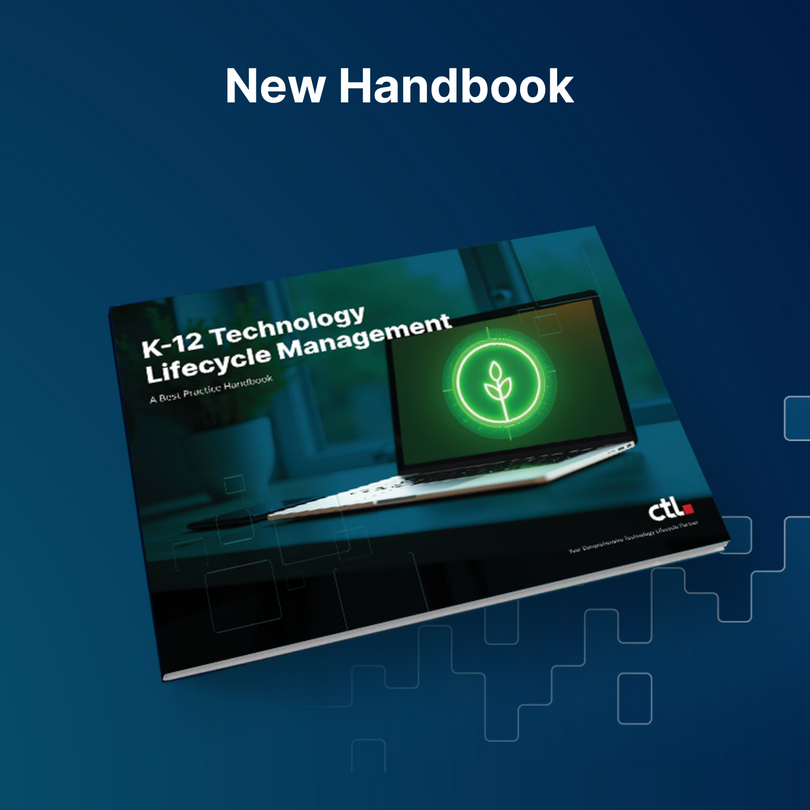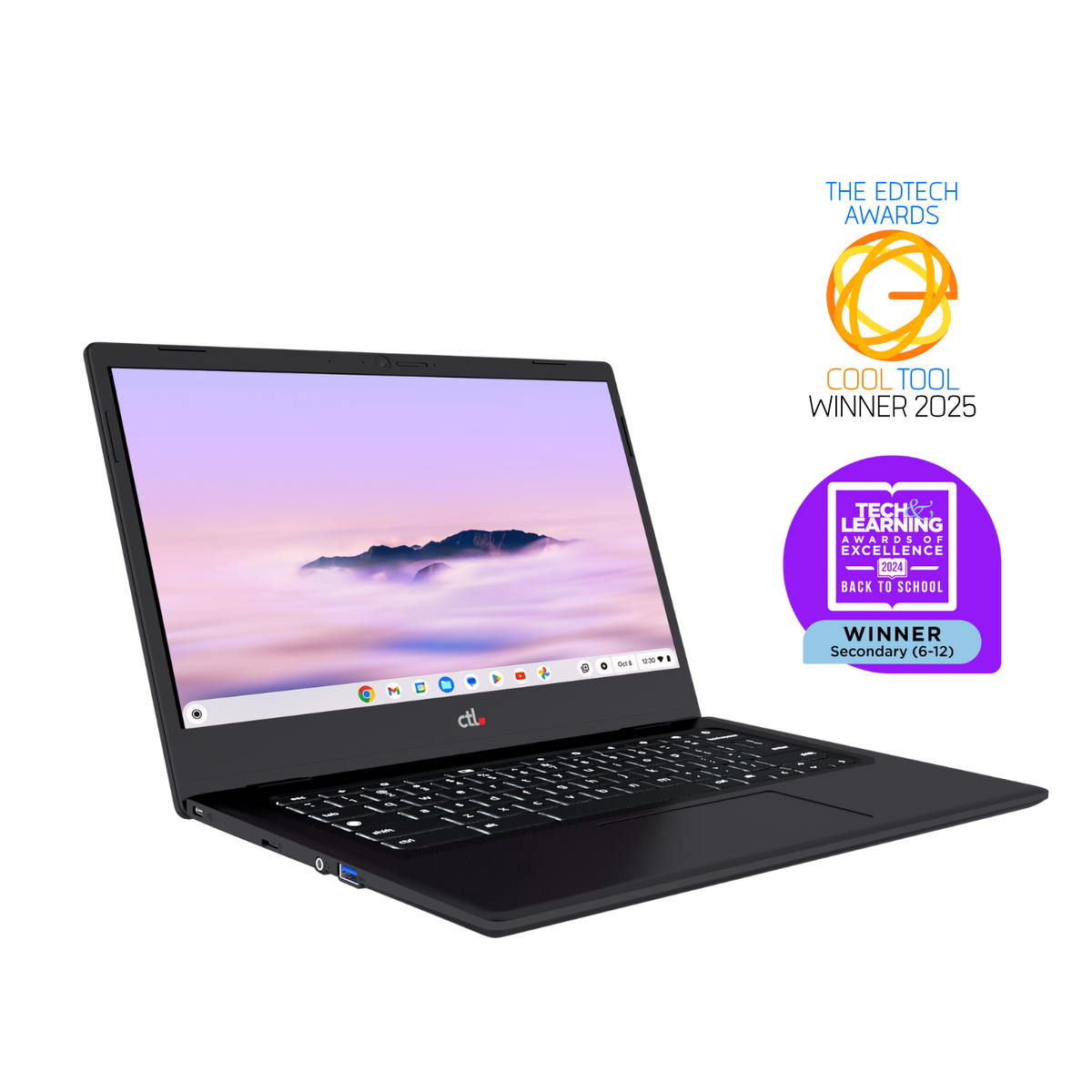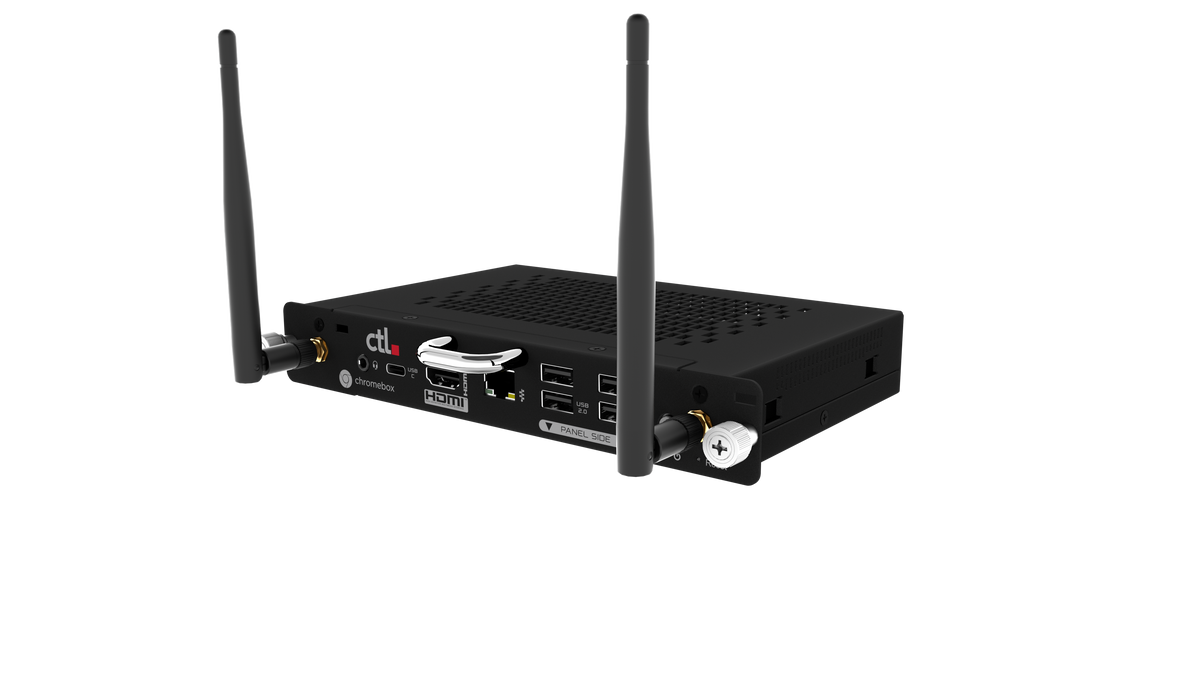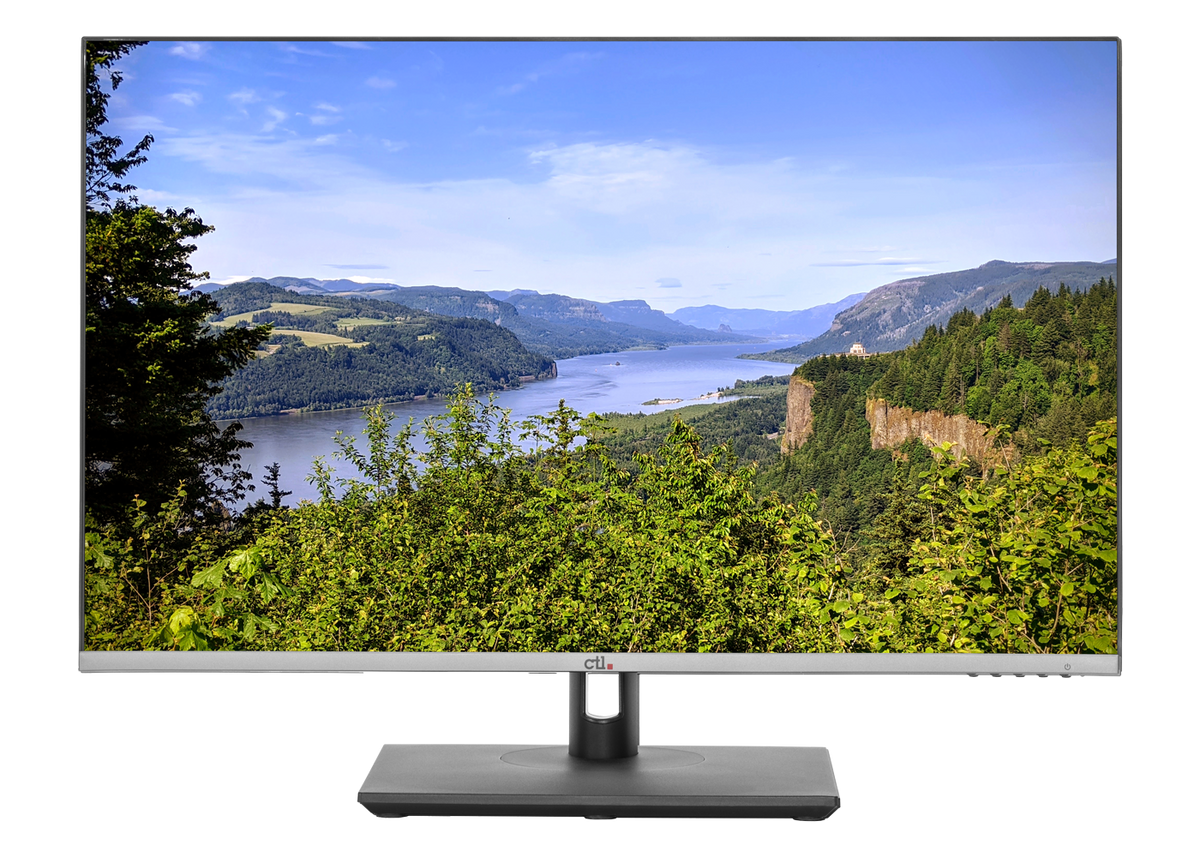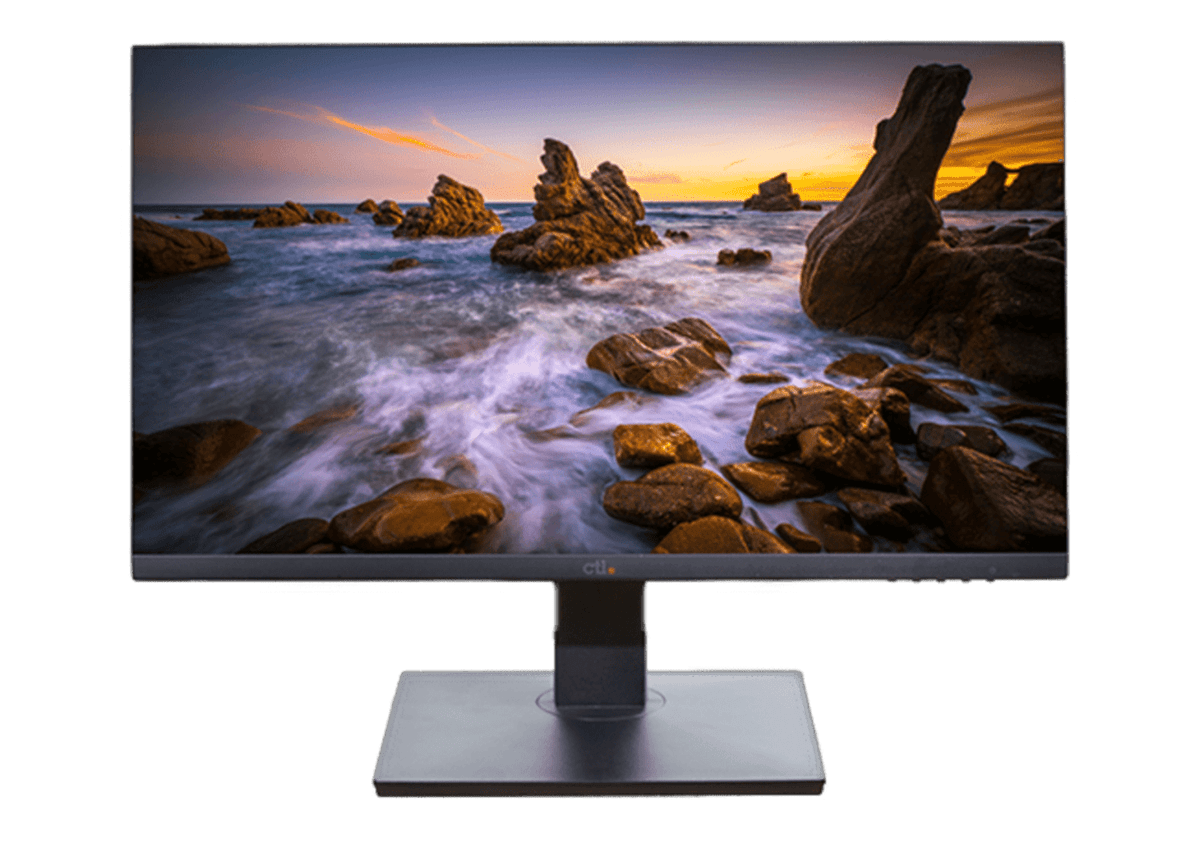Create a space where your students thrive academically.
The environment in which students learn in should be safe, clutter-free, and well-equipped with items that promote academic growth. If you’re a new educator who hasn’t yet set up a classroom of your own to date, there are some things you’ll want to do to prepare the space prior to the start of the school year. That way, there will be nothing that gets in the way of teaching your students from the first day of class on.
Ways to Prepare for the New School Year
How you prepare for a new school year counts. It adds to the successful organization of the space you teach in. If you haven’t thought about how to set up your classroom, there is still time.
You can acquire the necessary supplies needed to house worksheets, puzzles, games, and extra pencils, pens, and scissors before the first day of class and determine the best location to place the items in the classroom. Plastic bins, baskets, tubs, and other lidded and unlidded containers keep things organized without taking up a lot of space. Charts, posters, and diagrams can be laminated prior to the start of school and hung up as soon as you have access to the classroom you’ll be teaching in.
Tips for Keeping an Occupied Classroom Neat and Tidy
There are many ways to prevent your classroom from becoming disorganized. In fact, enlisting the help of your students is a very effective way to keep the occupied room neat and tidy. By stating expectations concerning cleanliness at the start of the school year, you’re able to set a high standard for the pupils to follow.
Here are some very effective ways other teachers keep their classrooms organized according to the CTL website:
- Start with your desk. Model the type of behavior you expect from your students by keeping your workspace free of clutter and your notebook Chromebook organized, too. Make use of the drawers in your desk by stocking them with the writing instruments needed to illustrate points in your lessons and to grade assignments and tests. Have a filing system in place for spare worksheets and extra credit projects. Keep a lesson binder for substitute teachers in a place where they can access it easily but your students can’t.
- Make good use of shelf and wall space. Implement tools that hang on the wall and that can be slid into cubbies on shelves. Label everything that isn’t visible at first glance. That way, you and the students won’t need to sort through bins, baskets, and pockets looking for the things you need daily. They’ll be easy to find thanks to the labeling system you put into place.
- Set up a mailbox where students can leave notes from their parents, gifts at holidays, and private messages that need your attention. At the start of the school day, they can place necessary messages in the space set aside for personal correspondence. You can then check the mailbox during your lunch break or after school, whichever is easiest.
- Implement a routine early on. Students should know what to do and where to go at the start of each day, so all you need to do to get started on a lesson is to take roll. You won’t waste valuable lesson time on students asking to use the bathroom, sharpen pencils or failing to pull out the required textbook.
The aforementioned list is just a sample of the things you can do to keep your classroom organized. Asking for help from your students regarding clean-up each day prevents trash and paper clutter from piling up. Assigning different students to complete different tasks is wise especially with younger pupils who need extra direction.
What an Organized Classroom Helps Educators Achieve
An organized classroom invites knowledge into the space by making teaching a priority. It creates a comfortable environment where students thrive academically. It encourages creativity and productivity because of the way it is set up and kept year-round.

